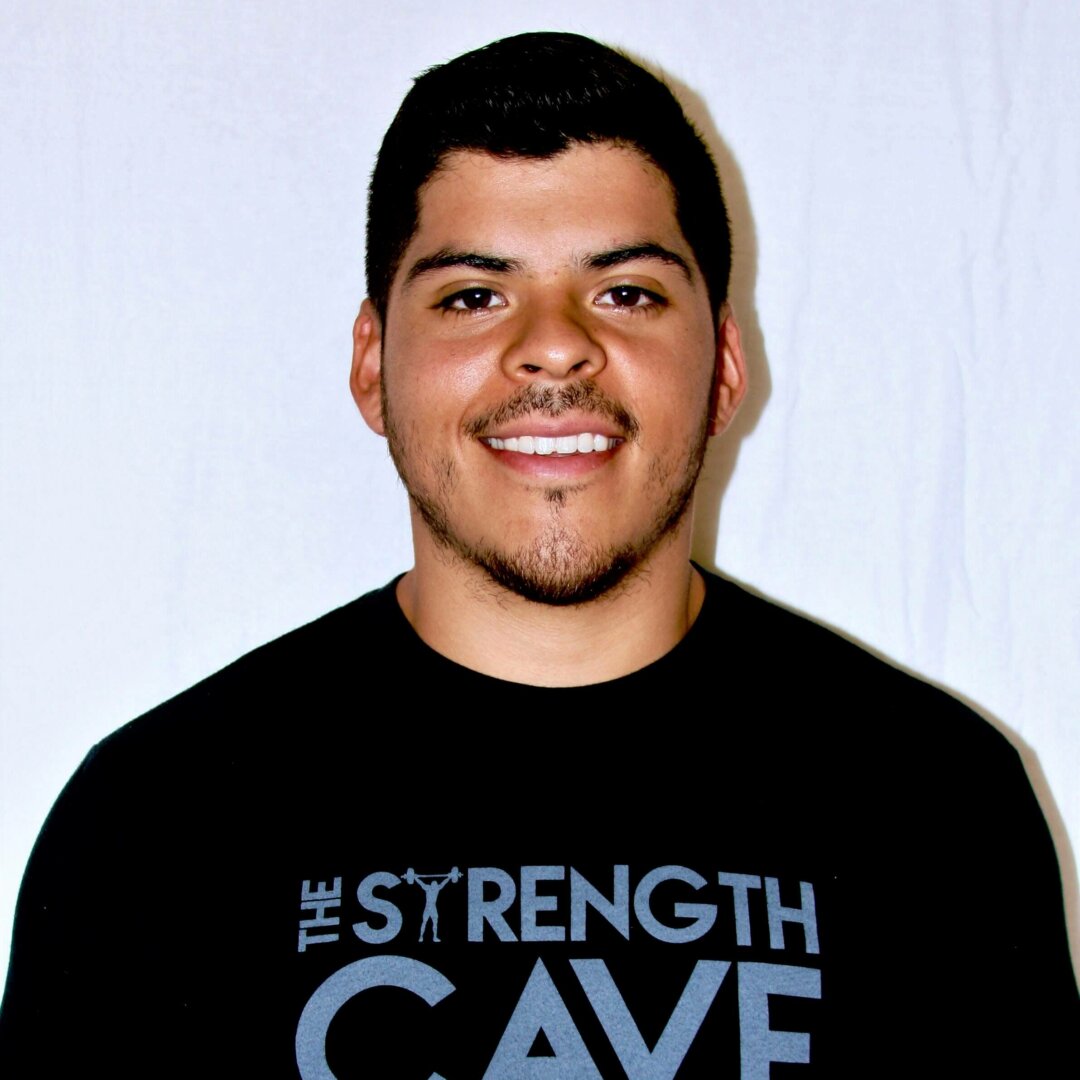These days there is so much information out there about rehab, prehab, and injury prevention. Physical therapists, chiropractors, and injury prevention specialists are all over social media giving you advice on how to stay pain free. Although there are certainly some charlatans in this arena, many of these accounts do provide some great advice. However, no matter how much preventative work you do, injury is almost sure to happen at some point. Whether it be a mindless error in training or a weird accident outside the gym, you’ll find yourself ailing at some point. Although you can make yourself more robust to injury, you can’t necessarily prevent it forever.
Given that some sort of injury is inevitable, it would be smart to prepare for such an event. This means figuring out a game plan that you can put into action when the injury bug bites. In other words, how are you going to proceed in training when you find yourself hurt? Obviously, this is going to depend on the type and severity of the injury you have. There are times when you should definitely stop training and let yourself heal. However, there are also times when you simply need to work around the injury you have incurred. As such, it is important for you to know when to tough through it or when to back off.
When to Take Time Off
If you are serious about making gains in the gym, you probably have great work ethic. You believe in working hard to get results. This is usually a great thing as far as reaching your goals is concerned. However, it can also be a double edged sword at times. If you find yourself afflicted by a particularly serious injury, being such a work horse can work against you.
You hard working gym goers barely even like to take a rest day. Just the thought of taking a day off from the gym seems like a nightmare. As such, the prospect of taking several days off to let yourself heal is incomprehensible. However, continuing to work out when you have a serious injury is going to do more harm than good. Even if you only work out the parts of your body that are not injured, you may be doing yourself a disservice. A serious injury needs as much help as it can get in order to heal quickly. Working out hard will actually rob your body of some of its ability to repair the injury. Instead of devoting all resources to the injury, it has to send a significant portion to repairing the muscles you just worked out.
So, what kind of injuries would warrant a complete cessation of gym activities? I’m talking about things like lower back issues, muscle tears, ligament tears, broken bones, hernias, etc. If your lower back is locked up and causing pain just walking, you’ll want to stay at home until it heals. Likewise, a tear in a large muscle like a pec, quad, or hamstring is going to need some rest up front. You are best to let your body heal these kinds of injuries to a more tolerable level before you think about returning to the gym.
Working Through the Pain
Even if you are lucky enough to avoid major injuries, there are going to be times that you experience some aches and pains. And I’m not just talking about a serious case of delayed onset muscle soreness. You are likely all too familiar with little tweaks that you pick up inside and even outside of the gym. Maybe you pulled a muscle while you were lifting weights, or maybe you rolled your ankle playing a game of pick-up basketball. Whatever that case, you have to figure out what to do about that nagging injury.
If the pain you are experiencing is annoying but tolerable, you can find a way to train around the injury. The following are a few ways that you can remedy the situation:
Restrict Your Range of Motion
Sometimes your injury only really bothers you with end ranges of motion during an exercise. For example, you might feel some hip pain in a deep squat or shoulder pinching at the bottom of a bench press. In these cases, it would be beneficial to restrict your range of motion until the injury heals up. A box squat or pin squat would help you avoid going to deep. Likewise, a floor press, or block bench press will keep you from over extending your shoulder girdle.
Lower the Weight
It is possible that your injury only hurts when you use maximal weight. This is common with injuries around the elbow or even the knee. In this case, it is worth dropping the weight and really focusing on proper form. Getting a good contraction while putting mild stress on the joint can help the repair process while keeping as much strength/muscle as possible.
Tempo: Heavy Slow Resistance Training
Along the same vein as lowering the weight, there is a lot of merit in using tempo while you heal. Slow tempo training has been shown to be very helpful in injury recovery [2][3]. More specifically, heavy slow resistance training (HSRT) is implemented quite regularly in an injury recovery setting [1]. Now, heavy is sort of a relative term in this respect. You want to use a weight that is challenging but also must keep in mind that each rep may last as much as 10 seconds. That time under tension is going to require much lower weight compared to traditional sets.
Keep Training the Other Body Parts
Having a tweaked ankle might mean you have to take things easier on your lower body for a week or two, but that doesn’t mean you can’t train your upper body with regular ferocity. In fact, this is likely key in holding on to any conditioning and muscle mass you may have built. Remember that there is a difference between a tweak and a serious injury. If your ankle is broken, it may be beneficial to take things easy for a bit until it heals enough for regular exercise.
Getting Some Help from a Professional
Sometimes it seems that people are afraid to seek help from a rehab specialist. Maybe it’s the money associated with treatment or maybe it’s a distrust of the rehab field. Whatever the case, you may be doing yourself a disservice if you refuse to consider treatment.
The truth is that a good physical therapist, chiropractor, and even massage therapist can help you get back to full strength more efficiently. Additionally, they can help you to stay fine-tuned, which may help you avoid injury in the future. Physical therapists and chiropractors can give you rehab exercises and prehab work that will help you heal and strengthen your nagging injuries. Massage therapists can help to break up stagnant tissue and keep your muscles supple for the training ahead.
If you find yourself plagued by a recurring, nagging injury, there is likely an underlying cause. This is something that a good PT or Chiropractor is trained to spot and help you fix. All of these professionals can play a key role in helping you feel and perform better. And if you are someone who wants to compete in a sport, they might be the key to your success.
Conclusion
We all hope that we are lucky enough to avoid injury throughout our lives, but the unfortunate truth is that we will all incur some sort of injury at some point. If we’re lucky, these injuries will be mild and nothing more than an annoyance. However, we may find ourselves in a position where some ice and ibuprofen just won’t do the trick.
Knowing the difference between a serious injury and a mild one is the first priority. If you are barely able to walk or lift your arm, you likely need to take some time off from lifting completely. The last thing you want to do is cause further damage or risk a permanent issue just because you were too stubborn to stop lifting. But if you’re just experiencing a little tweak, there are ways to train around the injury and keep making progress.
If your goal is to perform your best, consider incorporating some regular treatment from professional. They will help to speed up the recovery process, and even keep you healthy and pain free after the injury. Think of this as an investment in your body which can pay dividends both in the gym and in everyday life.
References
- Beyer, R., Kongsgaard, M., Hougs Kjær, B., Øhlenschlæger, T., Kjær, M., & Magnusson, S. P. (2015). Heavy slow resistance versus eccentric training as treatment for Achilles tendinopathy: a randomized controlled trial. The American journal of sports medicine, 43(7), 1704-1711.
- Kaminski, T. W., Wabbersen, C. V., & Murphy, R. M. (1998). Concentric versus enhanced eccentric hamstring strength training: clinical implications. Journal of athletic training, 33(3), 216.
- Potier, T. G., Alexander, C. M., & Seynnes, O. R. (2009). Effects of eccentric strength training on biceps femoris muscle architecture and knee joint range of movement. European journal of applied physiology, 105(6), 939-944.

